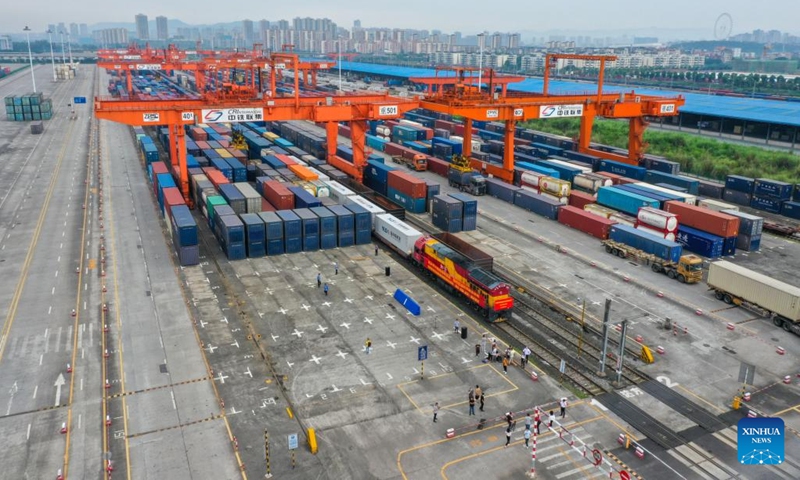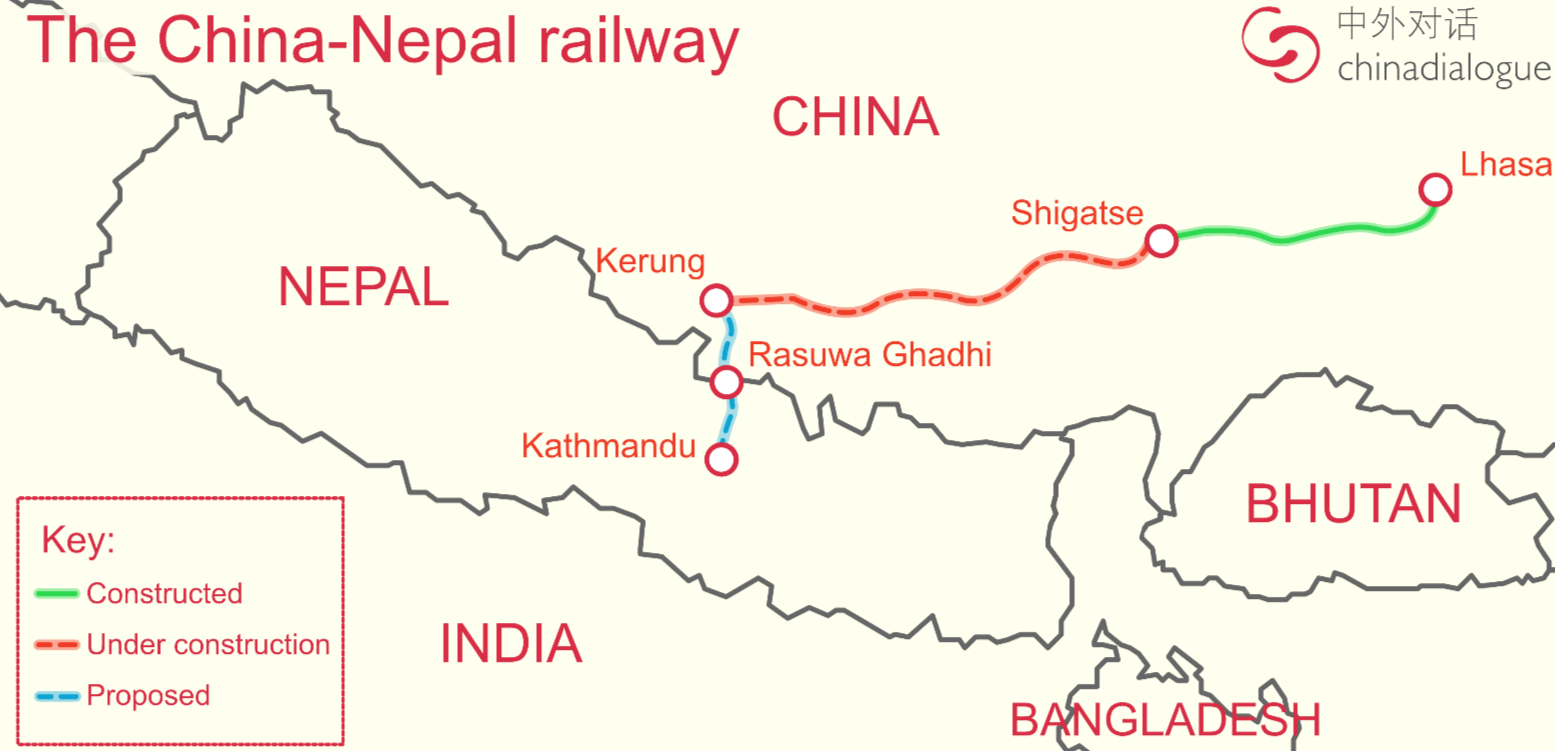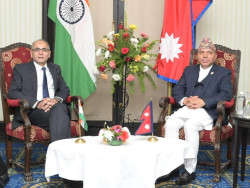Foreign Affairs

A team of Chinese experts has arrived in Kathmandu to carry out a feasibility study and survey of a proposed 72 km China-Nepal cross-border railway connecting the Tibetan border town of Kerung with Kathmandu, the Chinese Embassy said.
Once constructed, the railway, part of China’s Belt and Road Initiative (BRI), will link Tibetan Autonomous Region of China with the Nepali capital. Already, Kerung is being linked with the Lhasa-Shigatse railway line on the Chinese side. Although confined to papers as of now, officials say, the Kerung line will ultimately extend to the Indian border, linking two Asian economic giants via Nepal.
But the tough Himalayan terrain with earthquake risks is expected to pose a plenty of engineering challenges. Equally important, the railway is expected to cost at least $3 billion – a bill too large for Nepal to foot. That does not include the costs of feasibility study and survey works being borne by China.
The visiting Chinese experts are entrusted with the task of “important implementation of our leaders’ consensus and a solid step forward to turn Nepal from a land-locked country to a land-linked country”, said the spokesperson for the embassy in Nepal.


The visit follows an agreement between foreign ministers of Nepal and China on August 11, 2022, to use Chinese funds to support the feasibility study for the cross-border railway linking China and Nepal.
Then, meeting in the eastern Chinese city of Shandong, Narayan Khadka and Wang Yi agreed to build the “Trans-Himalayan Multi-Dimensional Connectivity Network”.
The project’s pre-feasibility, completed in 2018, indicated that the project would be among the toughest railways being pursued. Much of the line will pass through tunnels and elevated bridges, spanning the Tibetan town at 4000m elevation with Kathmandu at 1400m.
Along the proposed trans-Himalayan railway line, there would be a section of less than 200km with a drop height of over 1,000m, according to China’s Global Times newspaper. “That means that it needs to solve many technical difficulties such as complex geological conditions and frequent natural disasters along the way,” it said.
According to preliminary calculations, the paper said, the bridge-to-tunnel ratio of the entire railway exceeds 90 per cent, and the construction cost per kilometre is about 200 million yuan ($29.68 million).

But hurdles remain as Nepal is financially incapable to implement such a mammoth infrastructure project. Also Nepal will need to address concerns surrounding the country falling into a possible Chinese debt trap.
But once constructed, the railway line would shorten transit time by as much as three weeks to transport goods from cities such as Chongqing, Beijing or Shanghai compared with traditional logistics routes.
Also Read: 15 takeaways for Nepal from Shandong, China






